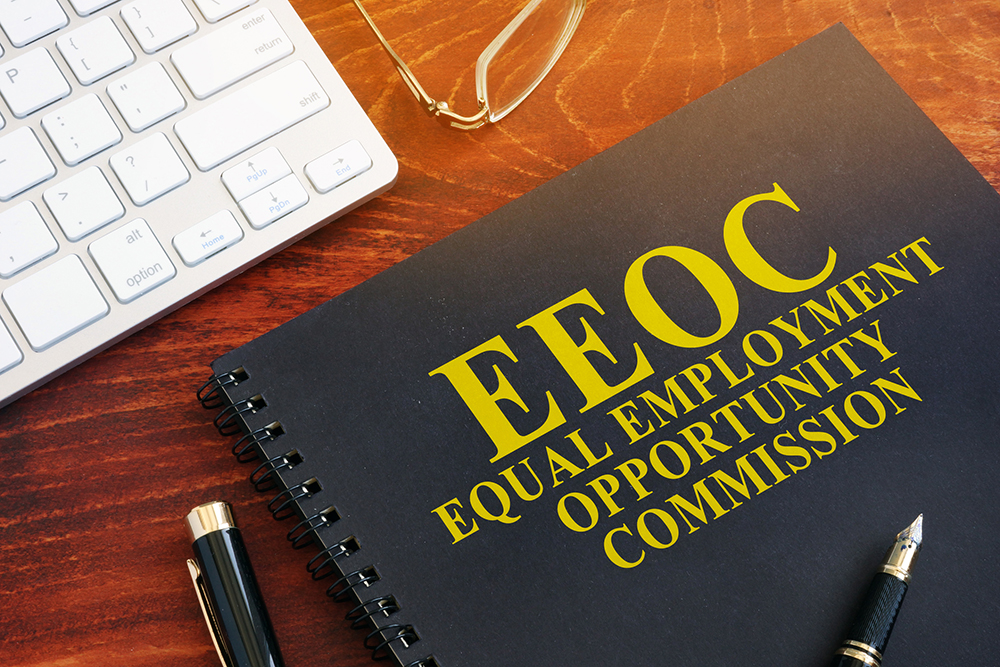The Equal Employment Opportunity Commission (EEOC) recently unveiled regulations to modify the presuit conciliation process in hopes of finally settling some employment disputes.

What Hasn’t Been Working Well
Imagine the EEOC ruling against you in a discrimination charge and inviting you to a settlement conference without explaining either why you lost the case or how agency officials arrived at the settlement demand.
Then, envision a settlement meeting during which the agency announces it’s also negotiating for five other employees who allegedly suffered the same type of discrimination, yet it refuses to divulge the names or the details of the claims.
That’s how the EEOC has done things for years. Not surprisingly, the process has resulted in what even the agency acknowledges to be a disappointingly low percentage of settled cases.
In fact, fully one-third of all employers that receive adverse rulings refuse even to participate in EEOC settlement discussions, and the agency’s overall success rate in settling cases after issuing findings against an employer is just a shade over 25%.
New Proposal
In hopes of drawing more employers into the process and reducing reliance on costly litigation, the EEOC has announced a proposed change to the conciliation rules that officials believe will “provide greater clarity to the conciliation process [and] . . . enhance the effectiveness of the process.” The proposal entails providing the employer with the following information:
- Recap of the facts and nonprivileged information relied on to reach the adverse ruling;
- Summary of the legal basis for ruling against the employer, including an explanation about how the law was applied to the pertinent facts;
- Criteria used to identify other employees for whom relief will be sought;
- Basis for any damages or other relief sought for the individual, including the calculations underlying the initial settlement proposal; and
- Identification of any systemic, class, or pattern or practice designation that might prompt the EEOC to seek class-based relief.
The changes would apply to all charges under the various laws administered by the EEOC, including Title VII of the Civil Rights Act of 1964, the Americans with Disabilities Act (ADA), the Age Discrimination in Employment Act (ADEA), and the Genetic Information Nondiscrimination Act (GINA). Employers would have at least 14 calendar days to review and respond to the agency’s initial settlement proposal.
Initial Reactions
Interestingly, some employee advocates believe the proposed changes will work to employers’ advantage by providing them with a head start on preparing their defenses to the person’s claims. The advocates also worry that divulging the names of other employees whom the EEOC believes to have been wronged places those people in danger of possible retaliation.
Management representatives see things differently, arguing more information will almost certainly lead to more settlements. After all, if the EEOC can credibly articulate its critique of the employer’s position while also proposing reasonable settlement terms tied to the case’s specifics, a reasonable employer is likely to give greater consideration to the benefits of a possible settlement.
In short, we can envision a more fruitful settlement process if the EEOC comes to the table with more than just “take our word for it.”
Stay Tuned
The EEOC has proposed to implement the change after a shortened public comment period (30 days instead of the customary 60) in an apparent effort to finalize the new process before the Biden Administration comes in. If anything happens, we’ll let you know.
Dennis J. Merley was an attorney with Felhaber Larson in Minneapolis, Minnesota, prior to his retirement at the end of 2020.
